
In a Nova Scotia research lab, the last hope for an ancient fish species
Racing against time, dwindling habitat and warming waters, scientists are trying to give this little-known...
Zack Lafleur says he went on a tour of a controversial new plastics plant outside of North Bay, Ont., with hope and an open mind. The economic development officer for Nipissing First Nation, Lafleur says he believes the new facility could bring a much needed boost to the region’s economy.
At the same time, he and the other Nipissing First Nation official on the tour, environment manager Curtis Avery, say they want to know the factory would operate safely. So in late July, they accepted an offer from the factory’s owner, Industrial Plastics Canada, to see the facility in person. What they claim they saw was anything but reassuring.
The chemical being used at the factory is polytetrafluoroethylene, or PTFE. It falls into a larger group of chemicals known as per- and polyfluoroalkyl substances, or PFAS, which are commonly known as “forever chemicals” because of their potential to contaminate air, water and soil for about 1,000 years if not disposed of properly. Last spring, an Industrial Plastics Canada spokesperson told The Narwhal that PTFE does not pose the same risks as other PFAS and is “considered safe, non-bioaccumulative and non-toxic.”
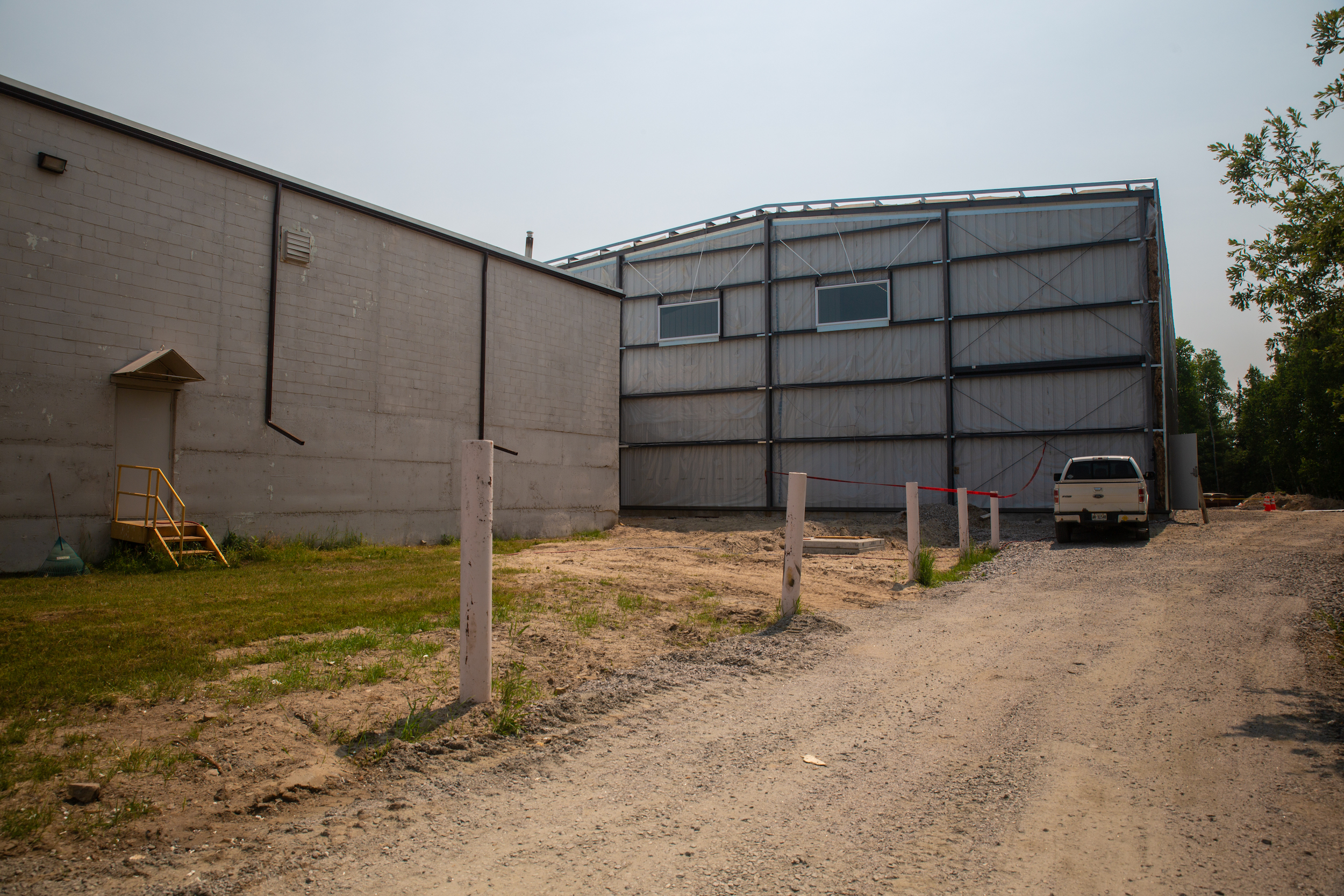
Since The Narwhal first reported on the factory, Industrial Plastics Canada has tried to convince the community its factory will operate safely, with president Andrea Arlati publishing an op-ed in the North Bay Nugget stating the factory “boasts state-of-the-art processes that are entirely enclosed and fully recyclable, resulting in zero environmental impact.”
So Lafleur says he was startled on the tour when Arlati showed the group boxes of what the president said was raw PTFE — which Lafleur describes as a “sugary looking material” — then took a handful and threw it onto the ground outside the facility.
“We talked about the safety of the materials that they were using and how in the process these materials couldn’t leave the facility through air, water or whatever else,” Lafleur said. “But after that, [Arlati] proceeded to take a handful of this material and throw it out the back of the warehouse door.”
“We just spoke about how it’s impossible for this material to make its way out to the environment, so obviously that created some concern,” Lafleur said. “We just felt like — how truthful was the information that he provided us? Do they really care about this? Or is this just a show for the First Nation that was coming by?”
The tour was led by Arlati and production manager Craig Rice. Two North Bay city officials were also present: an environmental control officer, whose department is responsible for the city’s waste strategy, and a planning and building services manager whose office oversees its drinking water source protection plan.
Neither official responded to eight attempts by The Narwhal to schedule an interview. The city of North Bay’s communications office also did not respond to comment requests. Among the questions The Narwhal posed were whether the two officials saw Arlati pick up the powder or toss it, how the city has followed up if yes and when the factory will open. In May, the company told The Narwhal the factory would be operational by July 2023.
Industrial Plastics Canada did not respond to The Narwhal’s interview requests about the incident. Avery corroborated Lafleur’s story.
“[Arlati] was showing us the floor, showing us the equipment and we came to the boxes with the PTFE in it. He takes some of it in his hand,” Avery said. “I said, ‘Okay, well, I’m not touching it’.”
“So we get to the end of the tour, and he still has this stuff in his hand. He walks out to where the opening of the garage is and throws this shit outside,” Avery said. “I could tell from that moment on that he has no interest in protecting any sort of environmental aspects around the plant … It was unbelievable.”
Avery told The Narwhal he approached the city officials in the parking lot immediately after the tour with his worries about Arlati’s handling of the materials. He said neither expressed concern about the incident they just witnessed.
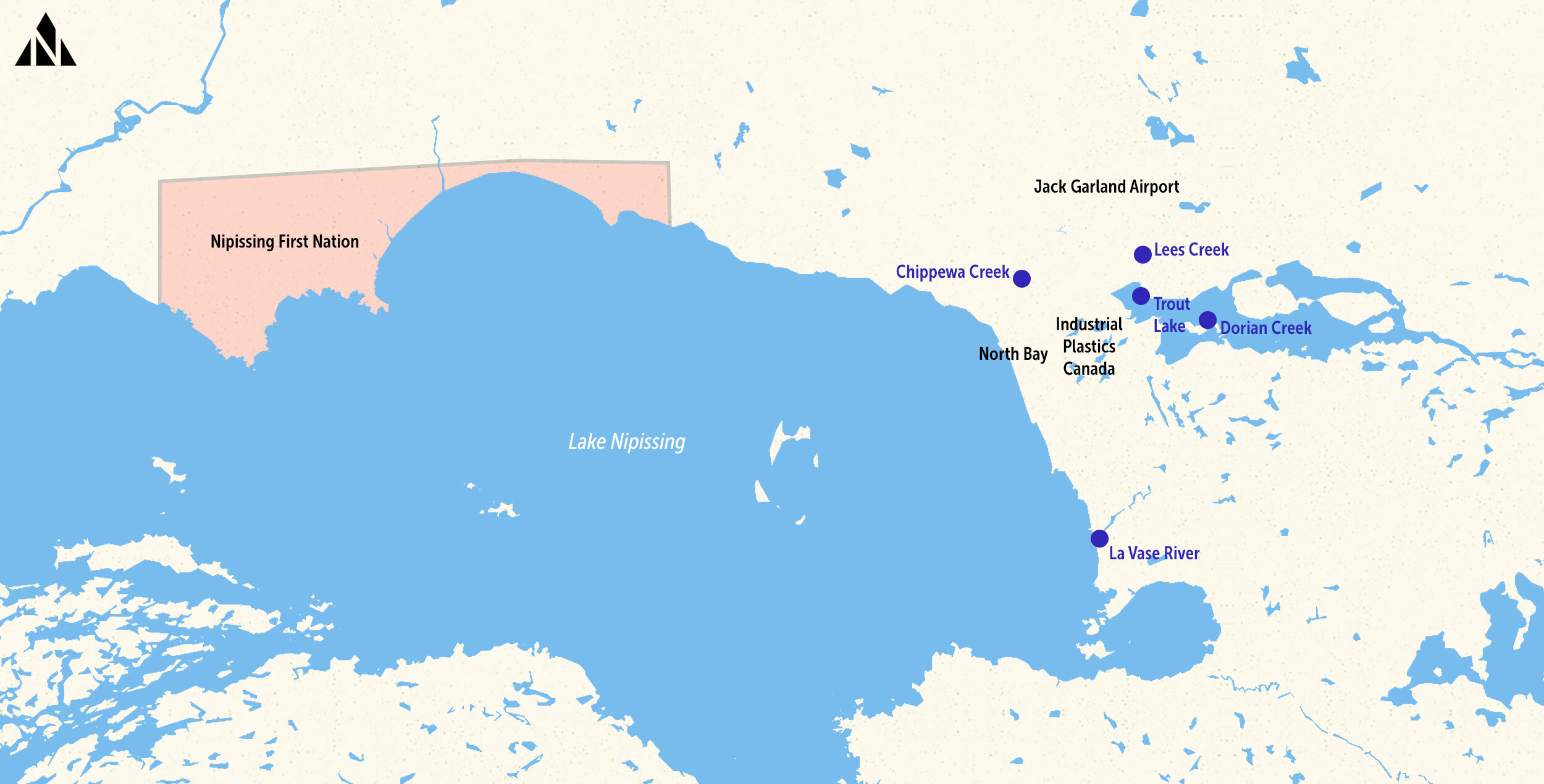
Thousands of substances classified as per- and polyfluoroalkyl substances are used to make everything from medical equipment to waterproof clothing. While Health Canada is in the process of figuring out how to approach a broad range of PFAS, it currently only regulates a fraction of those that exist. Statistics Canada reports almost all people in Canada already have per- and polyfluoroalkyl substances in their bodies. Dozens of sites across the country have significant PFAS contamination from past National Defence activity, including North Bay, where the forever chemicals are known to be in the drinking water.
Industrial Plastics Canada is part of a conglomerate headquartered in Italy called Guarniflon, owned by Mazza Holding, which has a presence across Europe, as well as in India and China. Previously, it told The Narwhal that it will only be using PTFE at the plant, not making it. Many plastics companies maintain PTFE and other members of a PFAS sub-group known as fluoropolymers are less toxic: earlier this year, Arlati sent The Narwhal a YouTube video posted by an India-based chemical company, Gujarat Fluorochemicals, making that argument, as well as a March 2018 scientific review that states fluoropolymers are “polymers of low concern” and should be considered separately from other PFAS by regulators.
But Fe de Leon, a researcher with the Canadian Environmental Law Association, cautioned against viewing fluoropolymers as PFAS-free. “Trying to figure out which is the least problematic PFAS of these chemicals, I think we’re beyond that,” De Leon told The Narwhal last spring.
The Narwhal told de Leon what Lafleur and Avery said they witnessed on the tour in July. What most concerned her was what an ostensible disregard for best practices in protecting both visitors to the factory and the air and land around it, meant for future operations.
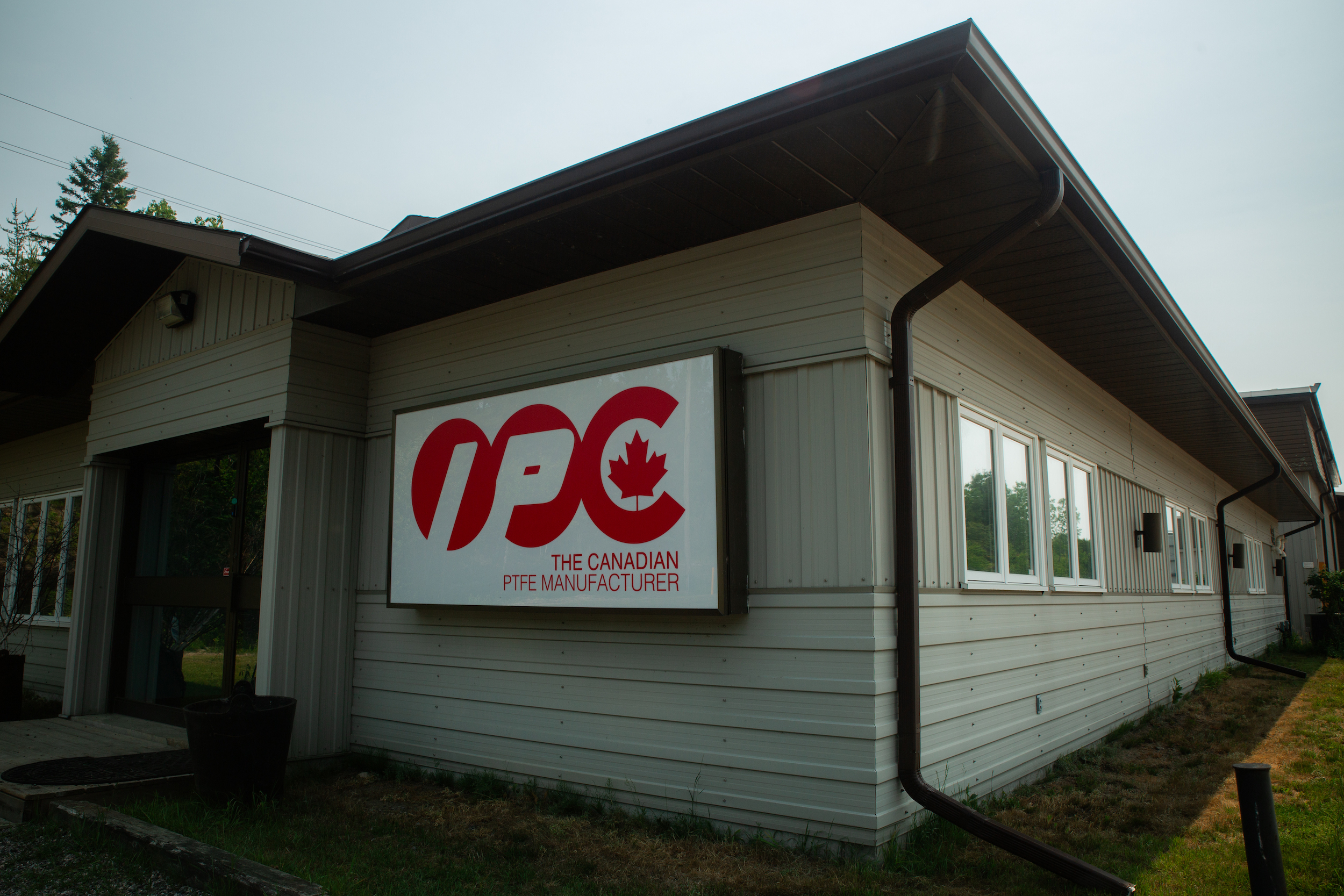
“My first reaction would be ‘Okay, so what have you just been exposed to?’” de Leon said. “It could mean that wildlife in that area could probably consume it if it’s on the ground. It could be airborne and certainly, from general best practices, you wouldn’t want that to happen. If 10 people did the same thing he did, that would be problematic.”
“If he’s doing that to visitors, what are his employees doing on the floor?” de Leon said.
In July, North Bay Mayor Peter Chirico released a statement about the Industrial Plastics Canada factory, promising “its operations will not have any impact on local watercourses. The facility will not discharge to land, or water.” That same month, Arlati was quoted in the North Bay Nugget saying “no water from the manufacturing process is discharged into any lakes, streams or other bodies of water” and “no material waste is produced.”
But land and water aren’t the only potential sources of PFAS exposure: some American states have started the process of regulating PFAS air emissions, including New York and New Hampshire. So has Michigan, where the state government website states that detections of PFAS in outdoor air in the United States “have been geographically associated with PFAS chemical production sites or large industrial manufacturing processes utilizing PFAS-containing materials.” The site adds that “drinking water is generally a much more significant source of exposure to PFAS than air.”
According to CBC, Ontario’s Ministry of Environment, Conservation and Parks visited the Industrial Plastics site on July 11 and identified emissions as a potential issue. “We made the company aware of their requirements under the Environmental Protection Act,” the ministry told CBC via email. “It is possible that the company will require an environmental compliance approval for air emissions before entering production.” The ministry did not respond to The Narwhal’s request to confirm this visit.
Rice, the company’s production manager, was quoted in the same article saying Industrial Plastics Canada was “in the process of getting this application completed and submitted.”
Since The Narwhal began reporting on Industrial Plastics Canada, any chance that PTFE might not be properly stored or disposed of has been a major concern for the community, which gathered for two town halls last summer to discuss the factory.
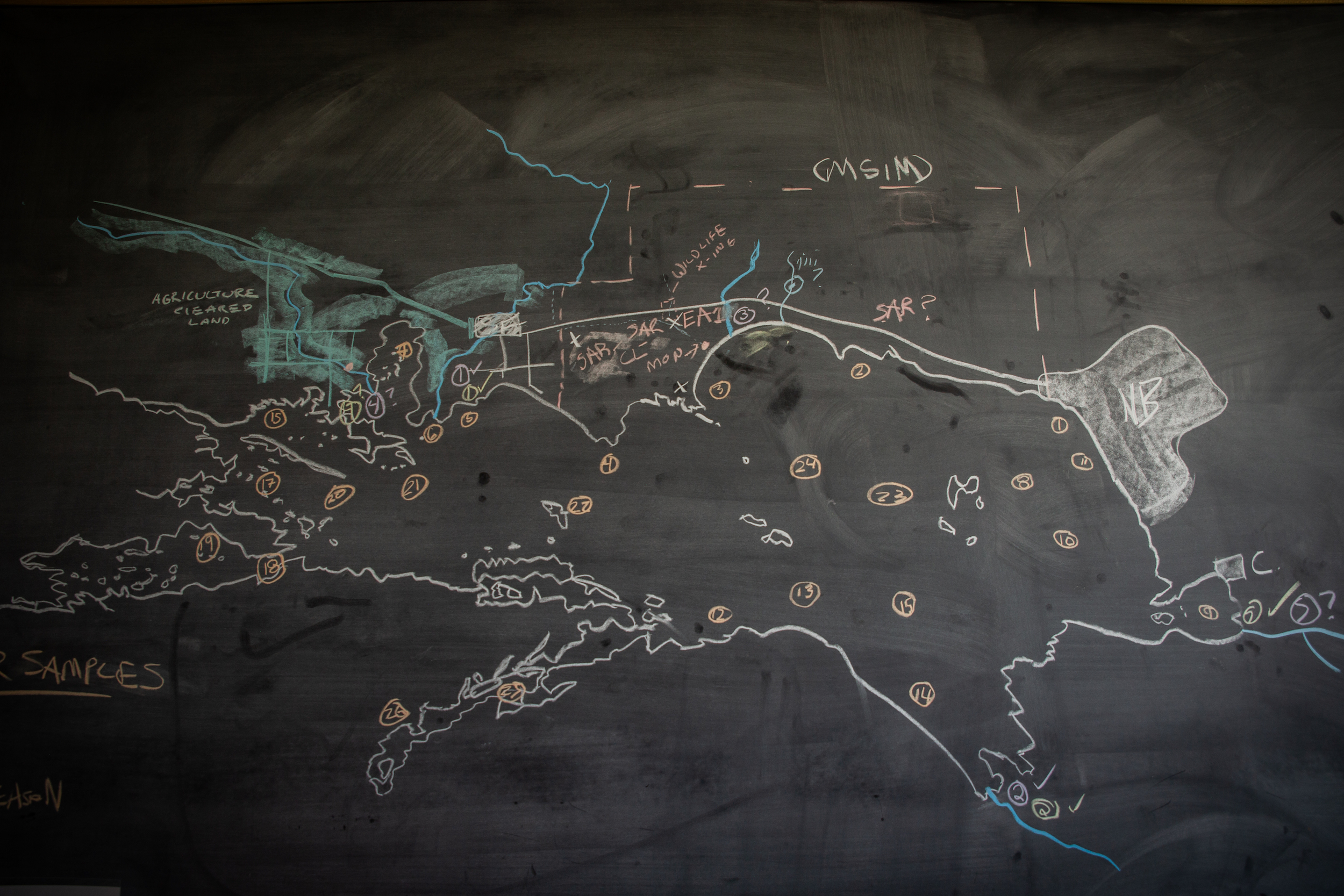
Brennain Lloyd, project co-ordinator at the local non-governmental organization Northwatch took her own tour of the facility in July. After that tour, Rice told the North Bay Nugget that the company shared air quality test results from its other factories with locals, but Lloyd said she hasn’t seen them.
“I see having a plastics manufacturing facility of this type as potentially precedent setting,” she told The Narwhal. “It is an industry with a certain level of risk associated with it. Northern communities are often targeted for risky operations. That raises a flag for us.”
But, Lloyd said, she would be happy to see the factory succeed for economic reasons, as long as the environment around it is being protected.
“We still haven’t heard what [Industrial Plastics Canada’s] industrial hygiene plan is, we haven’t seen the emission data from their Italian operations, which they say are very similar. We haven’t seen the permitting documents. So we can’t quantify what the levels of risk are.”
Lloyd said during her site visit in July, Industrial Plastics Canada was in its “very preliminary stages” of the permit application, so she is not surprised she has not gotten an update yet.
The update Lloyd is waiting for is typical of permits to discharge air: a 30-day period for the public to comment on the permit application, which starts with a notice and supporting documents posted on the Environmental Registry of Ontario. Northwatch plans to contribute comments to inform the Ministry of the Environment’s decision.
The Narwhal asked the Environment Ministry what conditions must be met before the factory can open. It also asked Industrial Plastics Canada to comment about the status of its permit, and whether the company has made its European air emissions data available to local stakeholders. Because those requests did not receive a response, it is unclear if Industrial Plastics Canada will require a permit for air emissions or if the company has received one.
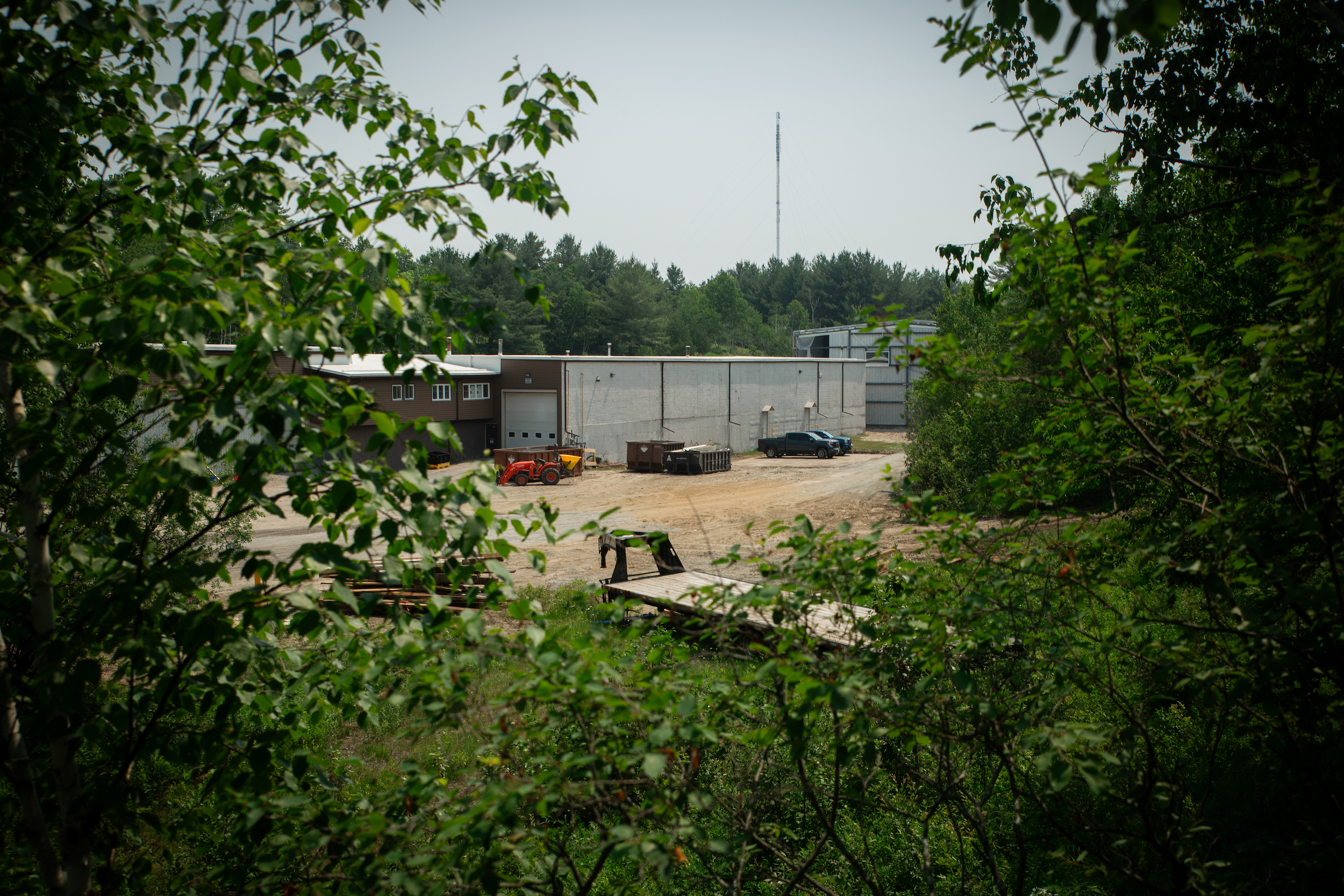
Chirico’s July statement also said that Industrial Plastics’ factory “will be required to comply with Ontario environmental legislation and regulations like all manufacturers in the City of North Bay and within the Province of Ontario.” But Health Canada, which sets environmental guidelines that provinces and municipalities enforce, currently only regulates three of the thousands of per- and polyfluoroalkyl substances in air.
The federal department has called PFAS in ambient air, indoor air and dust a source of potential exposure, yet there is barely any mention of the plans for limiting air contamination in the three PFAS-related documents Health Canada released this year for public comment, as it works towards new federal PFAS regulation. While those regulations will likely include best practices for limiting PFAS in water, a department spokesperson told The Narwhal in September that “Health Canada is not in a position to indicate definitively if air quality standards for PFAS will be pursued …” as part of its current process.
In the shadow of federal lags, both provincial and municipal PFAS regulations hang in purgatory. Glaringly, North Bay is still waiting for a $20 million dollar water treatability study to deal with its longstanding PFAS contamination from past national defense activity.
Get the inside scoop on The Narwhal’s environment and climate reporting by signing up for our free newsletter. On March 17, federal Conservative Leader Pierre Poilievre...
Continue reading
Racing against time, dwindling habitat and warming waters, scientists are trying to give this little-known...

From investigative reporting to stunning photography, we’ve been recognized with four 2024 CAJ Awards nods...

The Narwhal is expanding its reach on video platforms like YouTube and TikTok. First up?...
